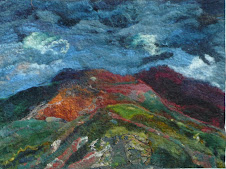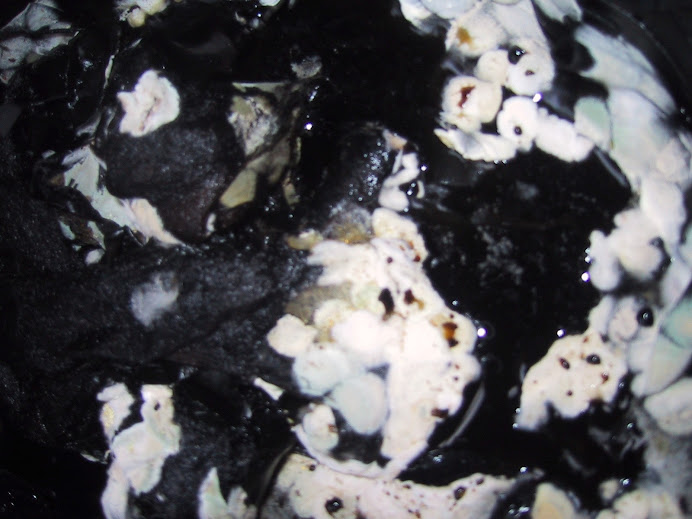For some time now she has been nurturing madder in pots. Amazing to think these rather uninspiring looking plants can produce of the greatest of dyes. These plants are two years old and so only really need another year or possibly two. before they can be used . Enys is going to give them a haircut this is, she tells me, to encourage growth.
The other plant is Coreopsis sp one of my favourites as it makes a lovely vibrant orange with ammonia.
If you have clicked on the links to see the colour you can get get from these you can see why I am really keen on them all. I hope the weld plants survive being transplanted I had very little weld last year and I really missed it.
Oh! and Happy New year to all my readers followers and friends .
May you be fulfilled
and happy
 Show all posts
Show all posts




 Posted by Helen
Posted by Helen

























